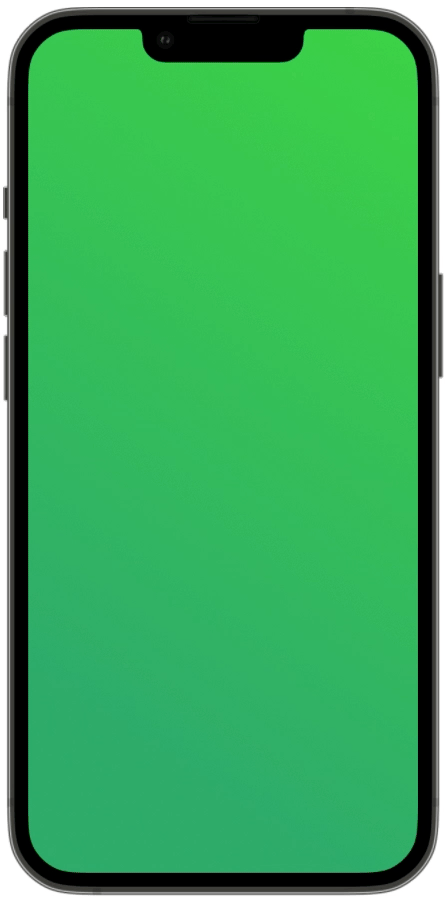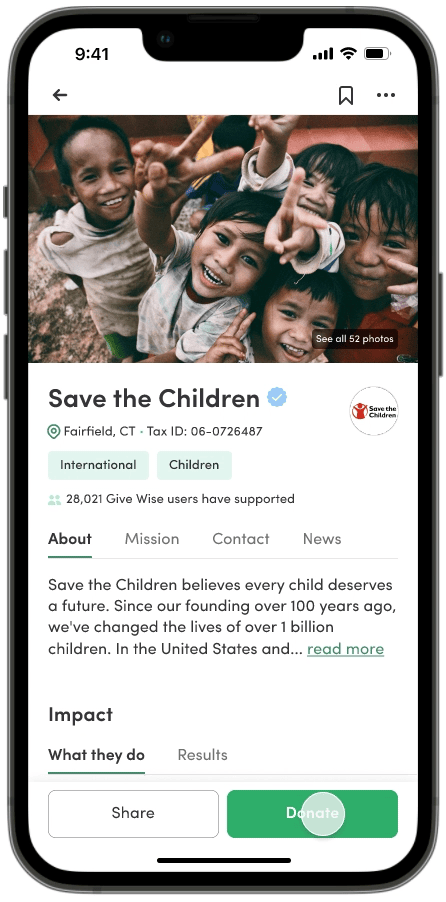Empowering everyday donors to give intelligently
Mobile App UX/UI Design User ResearchINTRODUCTIONThis project initially started as an app idea to connect San Francisco charities tackling the homelessness crisis to residents with the means to help. In a naive effort to understand the barriers that were preventing residents from donating more, I had created and posted a survey to the San Francisco subreddit.
Given how contentious this issue was, I should’ve anticipated that the survey responses would be blown up by disgruntled SF Redditors with their fierce opposition to the subject. But as I sifted through the dozen angry responses, I discovered a major pain point that wasn’t just limited to San Franciscans, but to people everywhere when making donations.
*Disclaimer: This is a theoretical project done for DesignLab.
MY ROLEUX/UI Designer
UX Researcher
TEAMSolo project
TIMELINEApril 2022 - May 2022
(4 weeks)
PROBLEM ⚡️People are wary of donating to charities because they’re not convinced that their money will actually be used to make a difference.
Quotes from the SF Reddit survey
SOLUTIONA mobile app that makes it easy for people to discover, vet, and donate to charities
A place for good samaritans to find impactful charities to support
Users can quickly discover charities and fundraisers they want to support on their homepage, which uses machine learning to show them causes they’re most interested in. The categories are informed by user research—people donate the most in times of crises, to causes they care about and to charities that serve their community.
Everything informed donors want to know about a charity on one page
Through user interviews, secondary research, and usability testing, I was able to learn what information users found most important and incorporate them into the charity page. Users are also given a large degree of control over where their money goes—to items on the gift catalog, to specific fundraisers, or to the charity’s general funds.
A delightful and streamlined donation process
In usability testing, 100% of users were able to make a donation and found this process to be easy and straightforward. The minimal steps and fun animations make it appealing for users to donate again.
SECONDARY RESEARCHSo how do we know which charities are actually using their donations for good?
Not all charities are created equal
There are tons of fraudulent charities out there that trick people into donating by creating names that sound similar to other legitimate organizations:
Don’t fall for these scams!
Puppies Behind Bars is Charity Navigator-approved.
Charity reviewer ratings
Fortunately, there are a number of charity reviewers that hold charities accountable and help shed light on fraudulent and ineffective charities. Charity reviewers such as Charity Navigator, Charity Watch, and Guidestar meticulously review, evaluate, and rate different organizations based on their impact, transparency, and financials.
Each reviewer has its own rating system, which allow donors to quickly understand the effectiveness of the charity without having to do all the research themselves.
See how they’re spending their money
Traditionally, the main factor that determines how well a charity is run is how much of the money they’ve raised is actually going to the people in need (program expense) vs. to overhead and fundraising. Different reviewers have different standards of what’s considered a good program expense ratio, but a good rule of thumb is if a charity spends 75% or more on its programs, it’s considered good.
75% or more is considered a good program expense ratio (program percentage)
INTERVIEWSWhy and when do people donate?
To dive deeper and understand people’s motivations and behaviors with making donations, I interviewed 5 individuals who have made donations the past few years.
🚑 In times of crisis
100% of interviewees mentioned that they’ve donated when they see an emergency in the news and on social media
🗣 Social influence (& pressure)
75% of interviewees mentioned donating to fundraisers at school or work
🏘 Community
75% of interviewees have donated or volunteered with organizations that are close to home
💗 Intrinsic motivation
50% of interviewees have stated that giving back is one of their personal values
HYPOTHESISDonation is often an emotional, not a rational, response to hearing about a disaster or crisis. As a result, people are often quick to donate without vetting the charities they’re donating to.
Result: 🤔 While donating may have felt good in the moment, they later realize that they don’t know how much of their donation is actually going towards helping with the fire.
If we can give users a quick & easy way to evaluate charities before they make a donation, they can feel more confident about their decision and feel empowered to donate more.
Result: 😌 The informed donor is content knowing that their donation is going to help with the fire.
IDEATEHow might we assure users that their donation money will actually be used to make an impact?
Provide financial information
Highlight charity ratings
The best information out there about charity performance are the ratings and reviews from objective charity reviewers. Showing the users ratings from multiple reviewers will save them time and effort from researching it themselves.
Donors want to know where their money is going—providing transparent, reliable information about how the charity has spent its donations in the past will let users know how they can expect their future donations to be spent.
Allow them to donate items
Fundraise for specific causes
Users may want to apply their donations to a specific cause rather than to the whole charity. Fundraisers will allow users to donate towards the preferred cause, and the limited time frame creates a sense of urgency for donors.
A couple of the interviewees have stated that they prefer donating items rather than money, so they know exactly what their money was spent on. The gift catalog will allow users to purchase and deliver requested items to the charity.
HIGH FIDELITY PROTOTYPE V1Task 1: Find and select a charity
Task 2: Review the charity and make a donation
TEST & ITERATEGetting feedback from users
I tested the prototype on 5 users, asking them to 1) find the Save the Children charity page and 2) make a $10 donation.
Making priority changes
Since the main goal of this app is to provide users information about charities that would make them feel confident in their decision to donate, I asked users what more they wanted to know and incorporated the higher ticket items into the design.
Users still wanted to know more about the charity
Making the navigation bar more accessible
Instead of only using color to denote status on the navigation bar, I added the bar above it and lowered the opacity of inactive icons. A subtle, but important change, because it makes it much more accessible for users with visual impairments, such as color blindness.
HIGH FIDELITY PROTOTYPEThe Final Solution ✨
CONCLUSIONReflection
This was the first project that I’ve had complete autonomy over. While the lack of structure was daunting at times, the creative freedom allowed me to be less obsessed with the process and to make decisions based on my own intuition. It also allowed me to spend more time on the skills that I wanted to build on—such as research and visual design—and learn to create basic animations in Figma.
It was gratifying to be able to design a solution to a problem I felt strongly about, and to have received such positive feedback on it from my mentor, peers and most importantly—from the users.
Next steps
Conduct user testing to validate the changes made
Create a pathway for users to get feedback on the results of their donations
Test and improve the information architecture
Add more resources and pages to educate users on how to interpret charity ratings and financial information
Standardize the illustrations used throughout the app






















